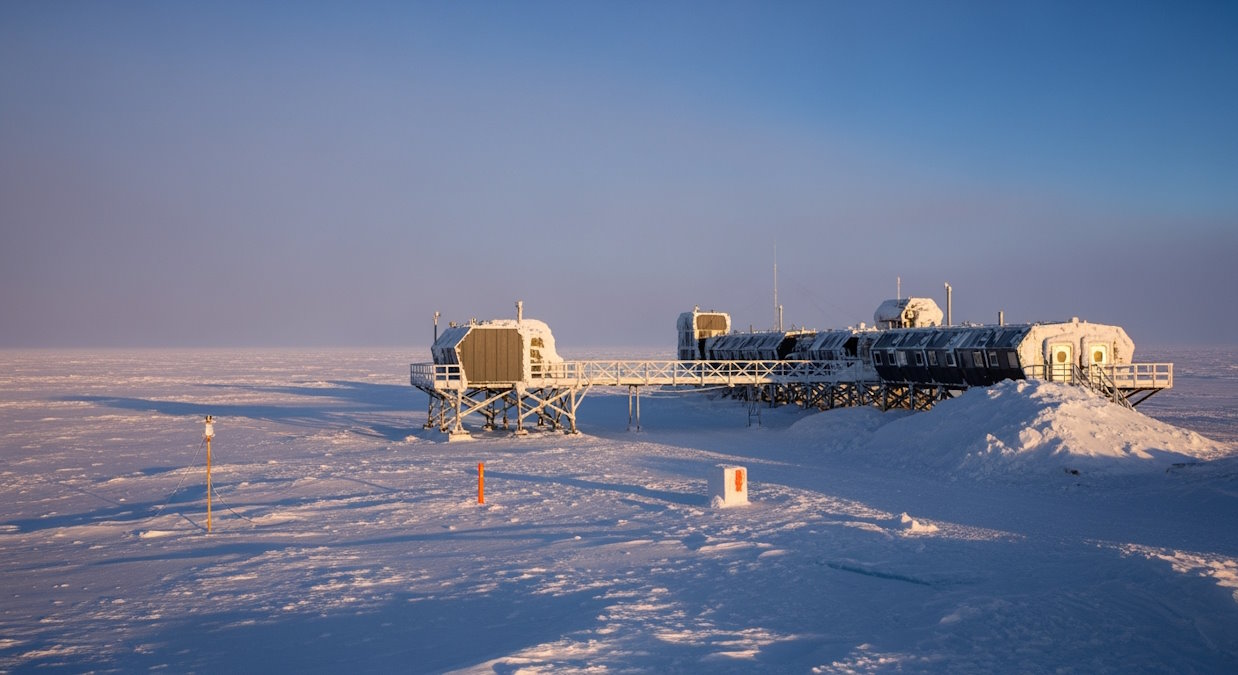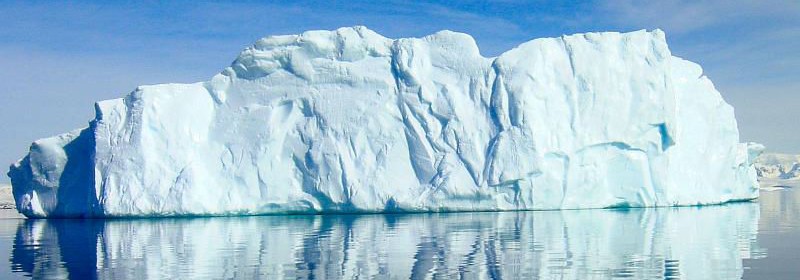by Judith Curry | June 25, 2019
The House Oversight and Reform Environmental Subcommittee in a Hearing on Recovery, Resilience and Readiness – Contending with Natural Disasters in the Wake of Climate Change begins at 2 pm EDT.
The announcement for the Hearing is posted [here]. Based on previous Hearings from the Committee, live streaming should be available at the above link (and links to the written testimonies), and also a podcast for later viewing.
The link to my written testimony is here [Testimony Oversight and Reform 2019 v2].
Link to Mann’s testimony is here [ ]Mann.20190612.Testimony.
Verbal remarks
Below is the text of my prepared verbal remarks:
I thank the Chairman, Ranking Member and the Subcommittee for the opportunity to offer testimony today.
I’ve devoted four decades to conducting research related to extreme weather events and climate change. As President of Climate Forecast Applications Network, I’ve been helping decision makers use weather and climate information to reduce vulnerability to extreme events.
The paradox of weather disasters is that they are at the same time highly surprising, as well as quite predictable. We shouldn’t be surprised by extreme weather events, when comparable events have occurred during the past century.
The sense that extreme weather events are now more frequent or intense, caused by manmade global warming, is symptomatic of ‘weather amnesia.’
The devastating impacts in 2017 from Hurricanes Harvey, Irma and Maria invoked numerous alarming statements about hurricanes and global warming. However, it’s rarely mentioned that 2017 broke an 11 year drought in U.S. major hurricane landfalls. This major hurricane drought is unprecedented in the historical record.
Of the 13 strongest U.S. landfalling hurricanes in the historical record, only three have occurred since 1970 (Andrew, Michael, Charley). Four of these strongest hurricanes occurred in the decade following 1926.
Recent international and national assessment reports acknowledge that there is not yet evidence of changes in the frequency or intensity of hurricanes, droughts, floods or wildfires that can be attributed to manmade global warming.
The elevated wildfires in the western U.S. since the 1980’s is partly caused by state and federal polices that have resulted in catastrophically overgrown forests. Comparable levels of wildfire activity were observed earlier in the 20th century.
The National Climate Assessment recognized that the Dust Bowl era of the 1930s remains the benchmark period for extreme drought and heat in the historical record.
A few comments regarding projections of future Atlantic hurricane activity.
My company provides seasonal forecasts of extreme weather. For the 2019 hurricane and wildfire seasons, we expect an active hurricane season with substantial landfall risk, whereas we expect the western wildfire season to be relatively quiet.
Out to at least 2050, natural climate variability is expected to dominate future hurricane variations, rather than any warming trend. The most important looming factor is an anticipated future shift to the cold phase of the Atlantic Multidecadal Oscillation. This shift is expected to overall reduce hurricane and wildfire risk for a period of several decades.
With regards to projections for 2100, models from the NOAA Laboratory in Princeton show a substantial decrease in the number of hurricanes in response to global warming. Their models show an increase of about 5% in the maximum intensity of Atlantic hurricanes.
Owing to the large natural variability of Atlantic hurricanes, any influence of manmade global warming would not be noticeable for a number of decades.
Blaming extreme weather events on manmade climate change, and focusing only on what to do after lives and property have been destroyed, deflects from understanding and addressing the real sources of the problems, which in part include federal policies.
Possible scenarios of incremental worsening of weather and climate extremes don’t change the fundamental fact that many regions of the U.S. are not well adapted to the current weather and climate variability.
We have an opportunity to be proactive in preparing for weather disasters. Rather than focusing on recovery from extreme events, we can aim to reduce future vulnerability and increase thrivability by evolving our infrastructures, policies and practices.
Adaptation strategies that promote thrivability simultaneously protect against extreme weather events while at the same time providing other benefits to human or natural systems.
Apart from infrastructure improvements, improvements to federal and state policies can substantially reduce the occurrence and extent of wildfires, and can help mitigate the damage associated with landfalling hurricanes. Further, tactical adaptation practices incorporating tailored weather forecast products can help mitigate the damages associated with extreme weather events.
Places that find solutions to their current challenges associated with extreme weather events will be well prepared to cope with any additional incremental stresses from future climate change.
This concludes my testimony.



